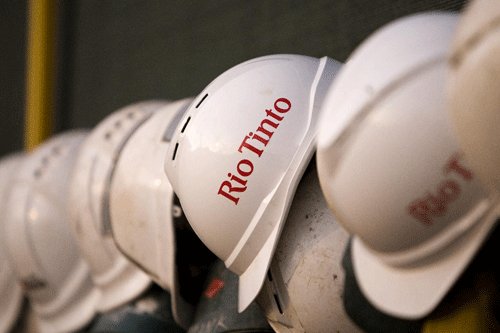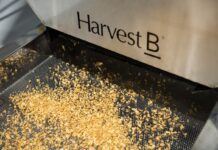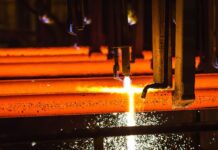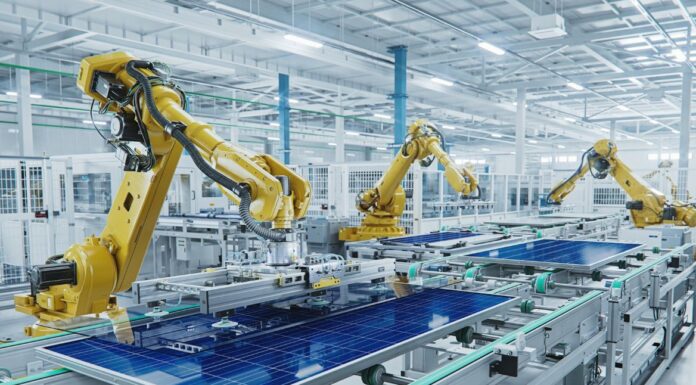Rio Tinto’s decision to expand its mining operation due to strong demand from Chinese steelmakers has proved to be justified as the company’s iron ore shipments from last year have reached a record breaking level.

Date: 27 July 2009
According to the news article on the Wall Street Journal, the Anglo-American company produced 266 million metric tons of the raw steelmaking ingredients in 2013 and managed to ship 259 million tons on the international market, most notably in China, illustrating Rio Tinto’s confidence that China’s industry will remain healthy.
Rio Tinto was one of the major mining companies that foresaw China’s growing demands for iron-ore, as the world’s second economy continued to invest heavily on infrastructure such as subways and airports. The company’s competitors, such as BHP Billiton, have been more cautious in their approach, pushing their expansion programs further on their agendas.
Last November Rio Tinto announced its plans to spend additional US$2 billion to increase its annual output in Australia by more than a fifth over the coming four years, after years of boosting its capacity to produce 290 million tons annually.
However, iron-ore prices may take a dive in the coming years as more production comes online. The company stated that it will continue to make profit even at a lower margin, as it owns mines in the resource-rich Pilbara region of Western Australia, which ranks among the lowest-cost operations in the world.
“I think they are conscious that they lie very low on the cost curve and that if they don’t bring it on, someone else will in time,” said Rohan Walsh, an investment manager at Melbourne-based Karara Capital, which oversees more than 2.5 billion Australian dollars (US$2.2 billion) in assets.
Despite some negative trends in China’s economy over the past two years, the country has managed to post its third straight year of record-high iron-ore imports, with shipments rising 10% to 819 million tons.
Rio Tinto has also announced a 10% increase in bauxite production to 43, 2000 tons in 2013, and a 15% rise in copper output to 631,500 tons. Furthermore, alumina production went up by 1% at 7.0 million tons last year. The company further revealed plans to decrease production at its Gove alumina refinery in Australia’s Northern Territory in February before closing the site in July.




















